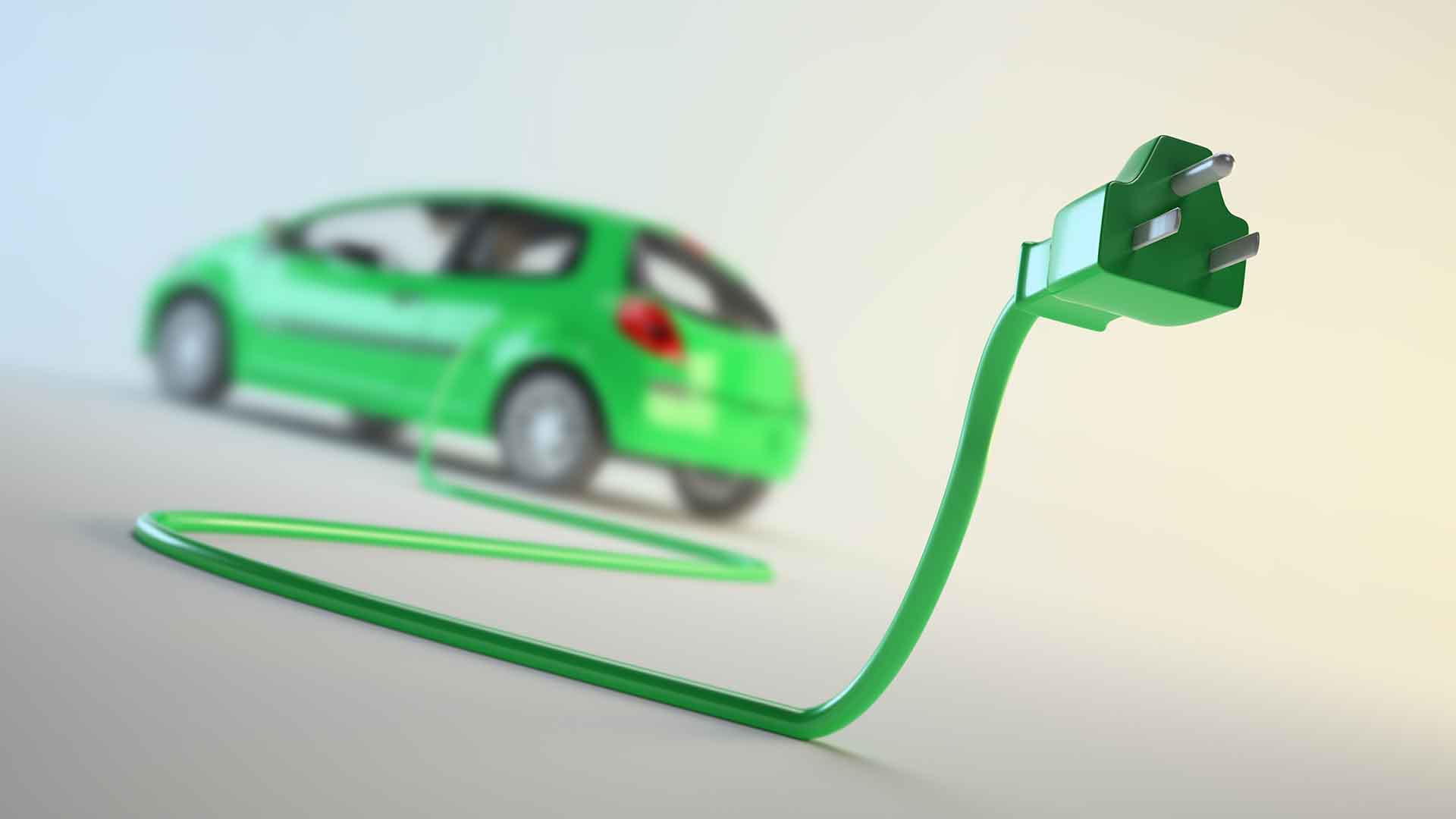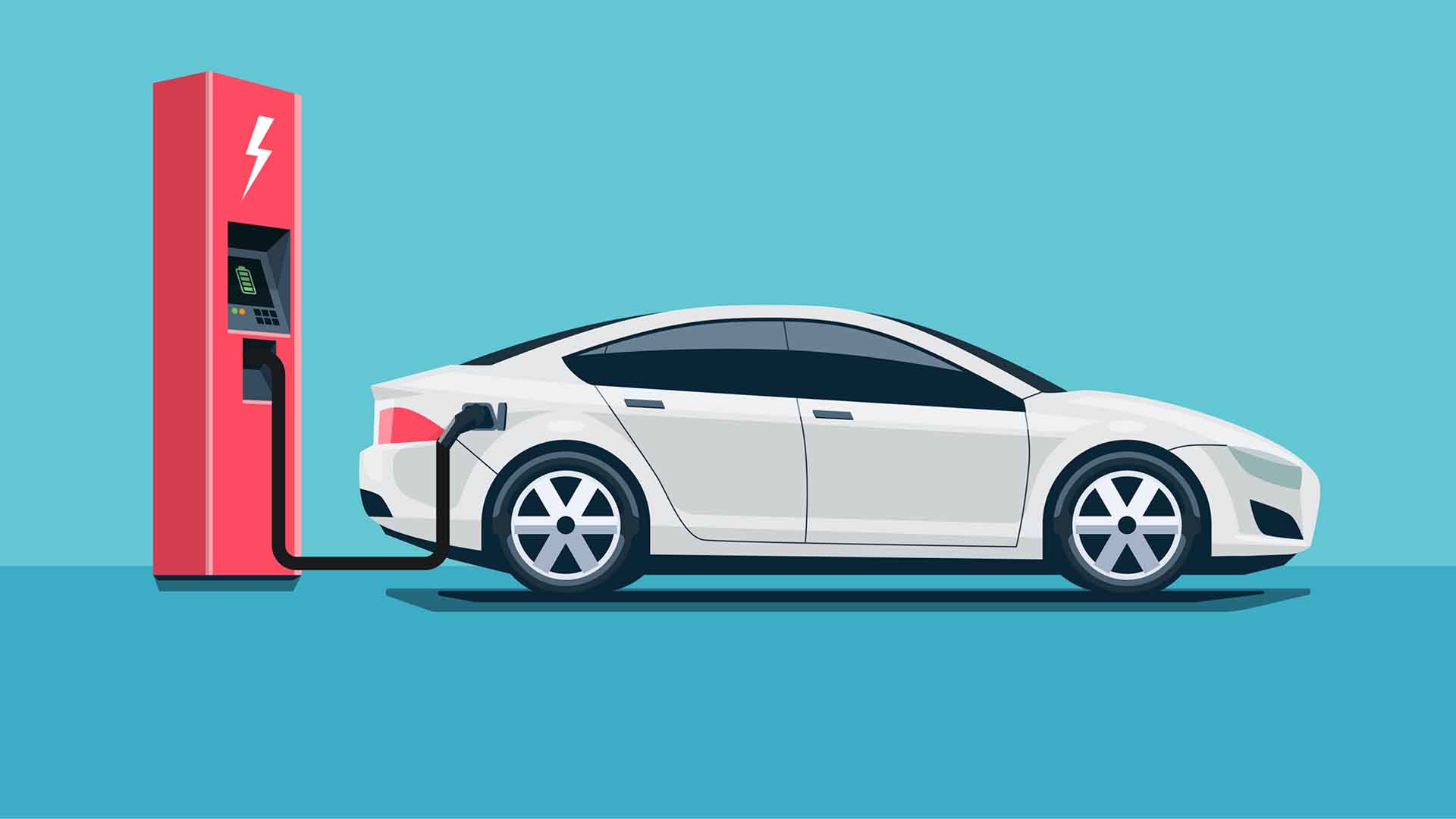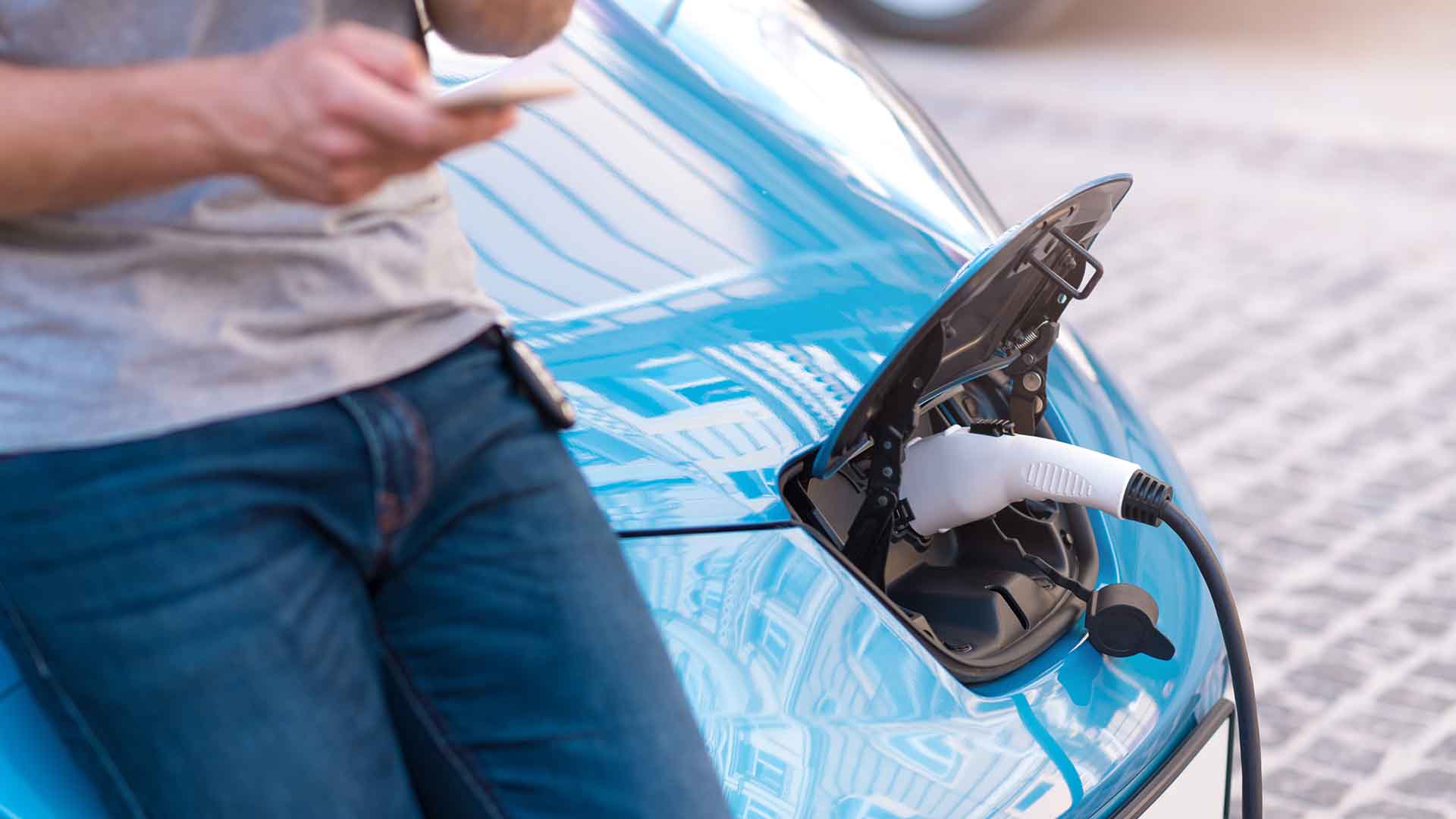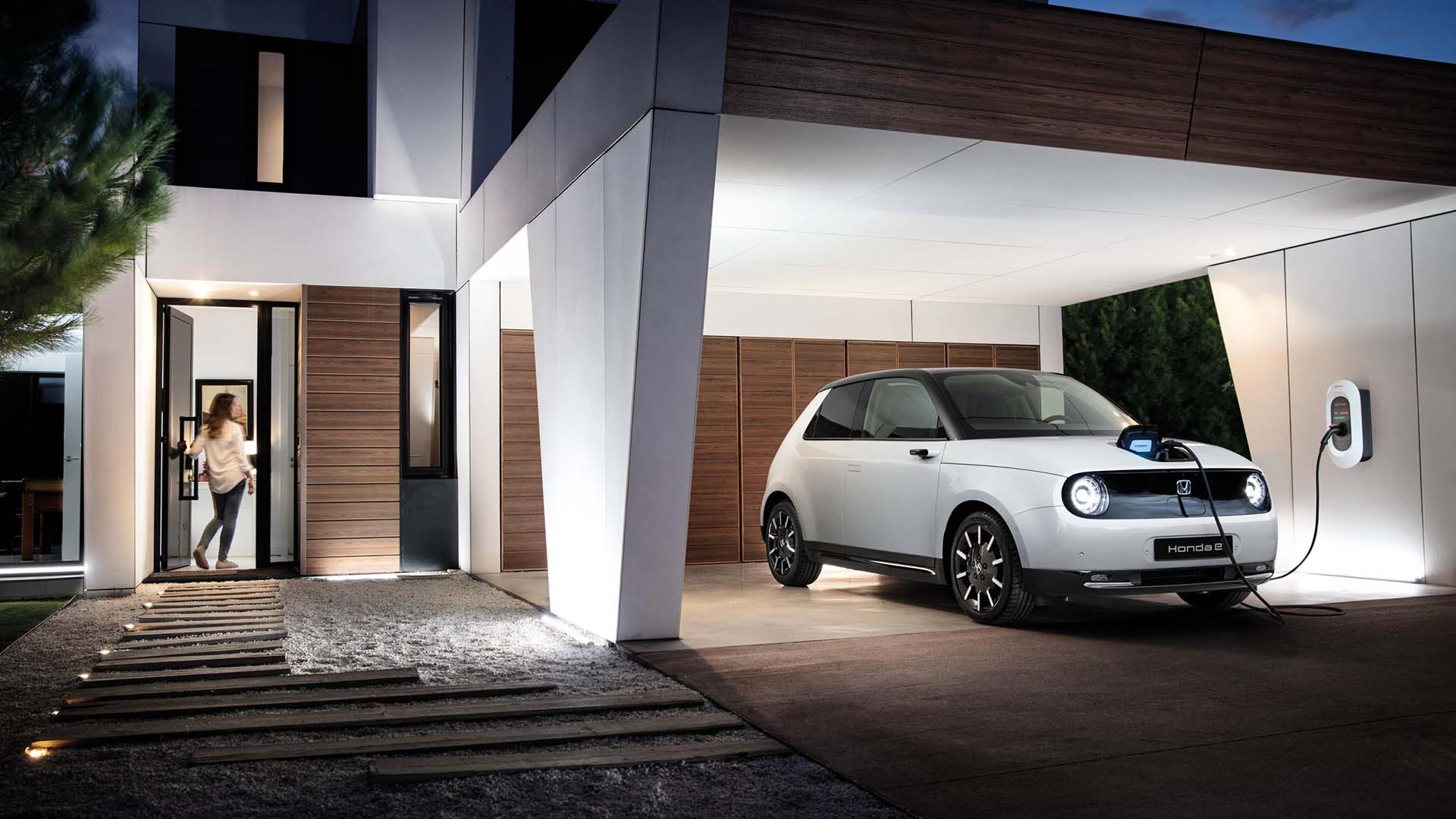If you’ve grown up surrounded by petrol and diesel cars, some of the acronyms, abbreviations and terminology used in the electric car world might be confusing.
Our Motoring Electric glossary should help clear the air.
Table of contents
AC
AC stands for alternating current. Mains electricity from the grid is an AC supply, with around 230 volts entering our homes.
BEV
BEV is often used to describe a battery electric vehicle. Also known as an all-electric vehicle or a fully electric car.
BIK
BIK (benefit in kind) is a tax on company employees who receive fringe benefits or perks on top of their salary. If you drive a company car, you will have to pay a BIK contribution. The amount is calculated using the car’s CO2 emissions and P11D value.
Cell
A battery pack consists of individual cells.
CO2
CO2 is carbon dioxide. In the case of vehicles, CO2 is emitted through the car’s exhaust and measured in grams per kilometre (g/km). While CO2 is important for health and environmental reasons, it’s also used to calculate vehicle excise duty (VED, also known as road tax) and company car tax. With zero tailpipe emissions, electric cars offer significant tax benefits.
DC
DC stands for direct current. Domestic appliances require a DC supply, which is why they have converters built into the plug. Electric cars also rely on a DC supply, so they use an on-board charger to convert power from AC to DC.

EV
EV is shorthand for an electric vehicle.
Frunk
Front storage compartment or ‘front trunk’ in U.S. parlance, now commonly shortened to ‘frunk’. Uses the space in the nose normally taken up by the engine.
HEV
A hybrid electric vehicle, the most famous of which is the Toyota Prius. These feature a small electric motor and a battery in addition to a petrol or diesel engine. They cannot be plugged in.
kW
A kW is a measure of power – one kilowatt is 1,000 watts. It may be used to describe the energy output for electric car chargers, i.e. 3kW, 22kW and 50kW, etc. It can also reference the output of an electric motor.
kWh
kWh is the total amount of energy stored in a battery. For example, the Kia e-Niro boasts a 64kWh battery, which means it can hold 64 kilowatts of electricity.
Lithium-ion
The type of battery used in the majority of electric cars.
mHEV
mHEV – or MHEV – is short for mild hybrid electric vehicle. A small 48-volt battery supplies energy to support engine stop-starting, coasting and auxiliary functions. In short, it means the engine can be turned off when the car is coasting, braking or stationary.
Motor
An electric car doesn’t have an engine. Instead, power is supplied via an electric motor, which is fed by a battery pack.

NEDC
From 1992 until 2019, all new cars had their fuel economy and emissions tested under the New European Driving Cycle (NEDC). However, consumers had difficulty achieving the claimed figures, so a new system was introduced in 2019. See WLTP.
NOx
Nitrogen oxide (NOx) is produced by international combustion engines and can cause serious respiratory problems.
PHEV
A plug-in hybrid (PHEV) is a popular ‘halfway house’ between a conventional car and an electric vehicle. Because a PHEV can be plugged in and charged, it’s possible to complete a short journey on electric power only. Currently, the most popular plug-in hybrid vehicle is the Mitsubishi Outlander PHEV.
Power
Power is the maximum output an engine or electric motor can produce. You will see power quoted as HP, BHP, PS, CV and kW. The higher the number, the faster a car can travel, although other factors also influence performance. These include the vehicle’s weight and aerodynamics.
Range
Range is the total distance you could achieve on a single charge. All new electric cars come with a range quoted by the manufacturer, but there are a number of reasons why you might not go the full distance. These are explored here.

Range anxiety
Range anxiety is the fear of not reaching your desired destination in an electric car. In the past, when electric cars offered a very limited range, this was a real problem. Thanks to improved battery technology and a more robust charging network, range anxiety is likely to become a thing of the past.
Single-phase
The majority of homes in the UK have a single-phase electricity supply. This means the maximum charging rate for electric cars is 7kW.
Tethered
A tethered cable is fixed at one end, either to the car or to the charging point.
Three-phase
Although much of the UK is served by a three-phase electricity network, most domestic properties use a single-phase connection. By upgrading to a three-phase supply, it’s possible to fit a faster 22kW charging unit.
Torque
Put simply, torque is the amount of force generated by an engine or a motor. In the case of an electric car, this torque is delivered from a standstill, which means impressive acceleration. Torque is quoted in newton metres (Nm) or pounds feet (lb ft).
Untethered
Untethered means you won’t find a cable at an electric charging point. Make sure you carry one in the boot.
Voltage
Voltage is the measure of the power of electricity. In general, the higher the voltage, the more powerful the car.

Wallbox
Although it’s possible to charge an electric car using a domestic three-pin socket, installing a wallbox is a safer and faster option. Grants are available, while some manufacturers will offer to install a wallbox when you buy a new electric car.
Watt
A watt is a measurement of power. One kilowatt (1kW) is 1,000 watts.
WLTP
The Worldwide Harmonised Light Vehicle Test Procedure (WLTP) is used to measure fuel consumption, electric range and CO2 emissions from passenger cars. The WLTP driving cycle is divided into four parts: low, medium, high and extra high. The combined figure is the best gauge of what to expect in the real world.
ZEV
A ZEV is a zero emissions vehicle.


[…] Because the XC40 Recharge doesn’t have an engine up front, Volvo has used the space to create a 30-litre front stowage compartment, or ‘frunk’. […]